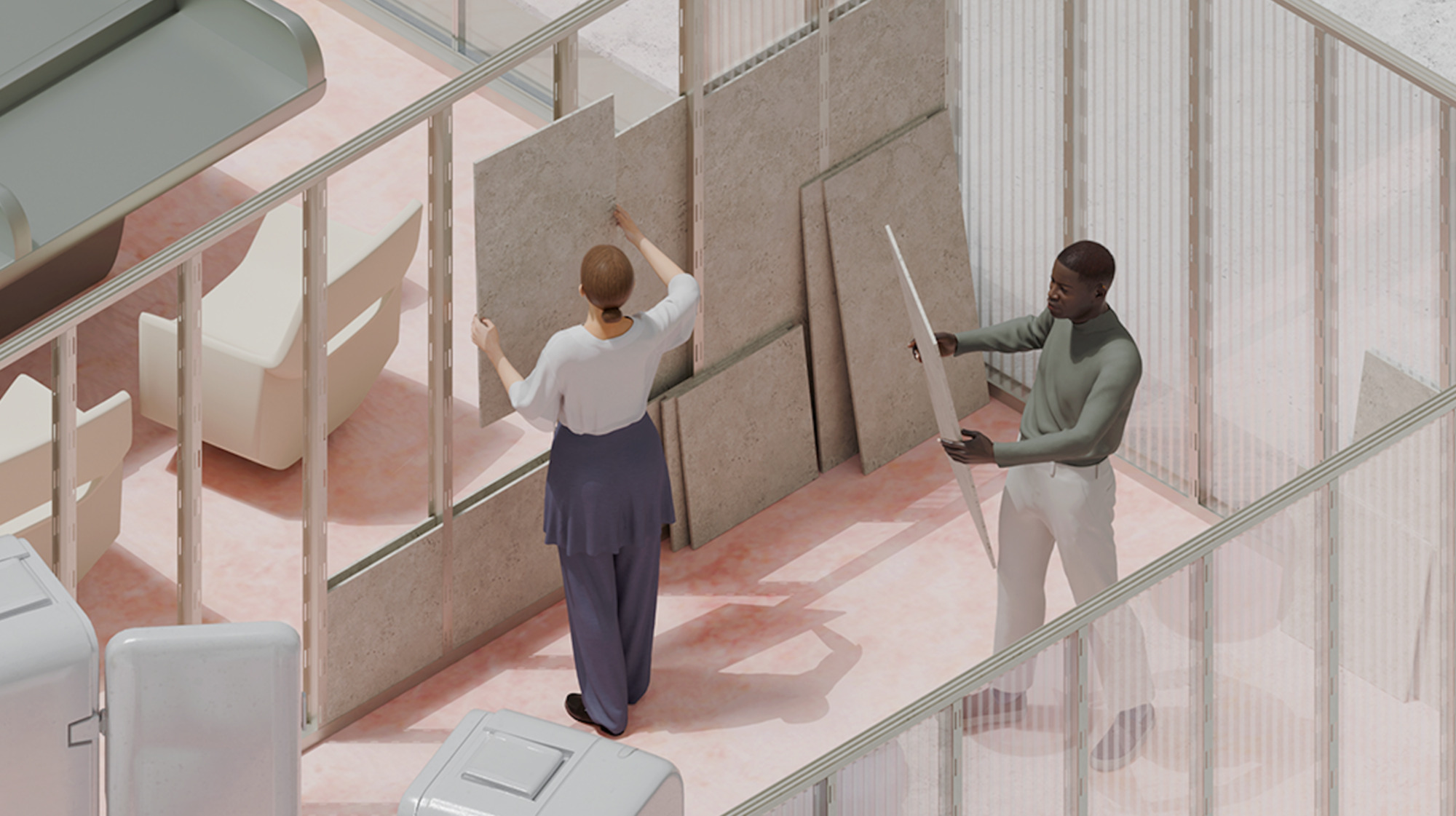
"Buildings must change faster than they were built to. Shifting tenant needs, tightening climate policies, and rising office vacancies expose the cost of static stock: waste, noise, downtime, and-in the worst case-stranded assets. The consequence is clear: buildings across typologies must be designed to adapt over time. The inaugural Adaptable Building Conference (ABC), taking place on January 22, 2026, at the Nieuwe Instituut in Rotterdam, brings the industry together to turn adaptability from principle into practice."
"As work patterns, technologies, and regulations evolve, many buildings are struggling to keep up. Spaces conceived for fixed functions now face continuous change - from hybrid work and shorter planning cycles to rising vacancies and energy costs. Climate and disclosure rules are tightening as well, making demolition-led overhauls harder to justify. Together, these forces are redefining how long a building can remain relevant and profitable."
Buildings face accelerating obsolescence as tenant needs, work patterns, technologies, and regulations evolve, creating waste, downtime, and stranded assets. Design for adaptability by separating long-life supports from changeable infill enables multiple futures and easier reconfiguration. Historical examples include N. John Habraken’s support‑infill model, the Matura infill system’s standardized elements and interfaces, and Osaka’s Next 21 demonstration of robust structure, service routes, and adaptable floor systems. Today hybrid work, shorter planning cycles, energy volatility, and tightening climate and disclosure rules increase demand for adaptable buildings. Industry collaboration is required to translate adaptability from principle into practical building practices.
Read at ArchDaily
Unable to calculate read time
Collection
[
|
...
]